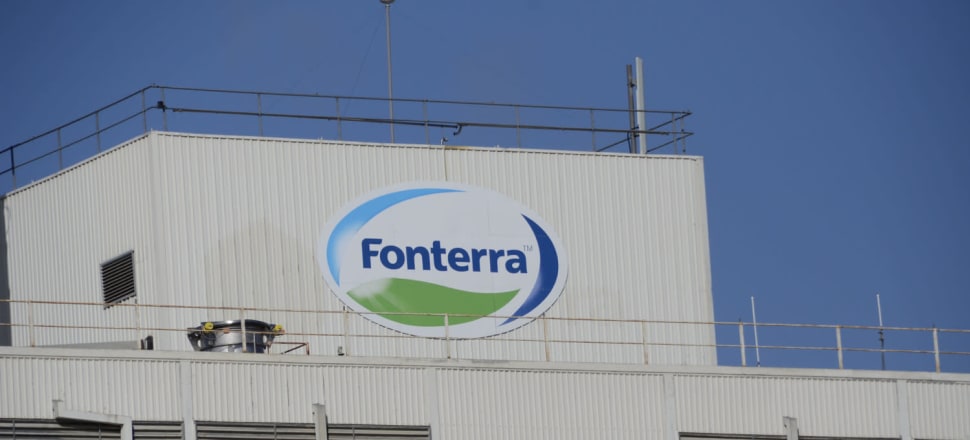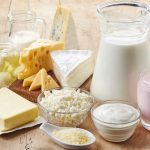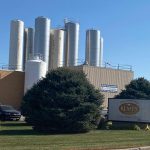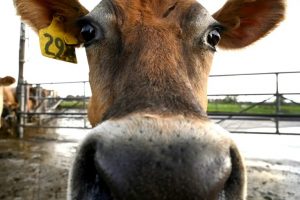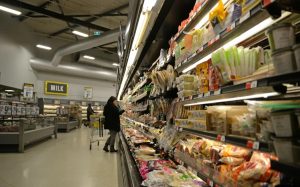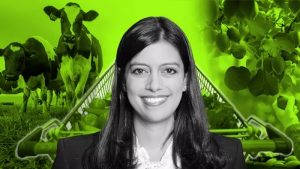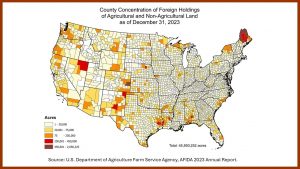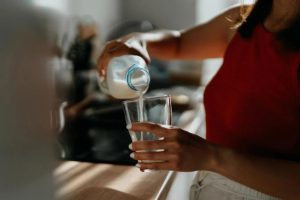
Fonterra farmers are already among the world’s most sustainable producers of milk and now have an additional tool in their sustainability toolbox.
Over the last few days, Fonterra farmers have been receiving unique Greenhouse Gas (GHG) emissions profiles for their farms – the first time such a tool has been introduced in New Zealand at scale. The profiles form part of a Farm Environmental Report – which combines a GHG Report and Nitrogen Risk Scorecard.
Fonterra Director On-Farm Excellence, Charlotte Rutherford, says the reports are designed to provide useful insights for farmers to help identify opportunities for improvements on farm – providing indicators such as the estimated level of biological methane and nitrous oxide emissions per hectare, and the amount of emissions per kilogram of milk solids.
“One of the most important steps in improving your emissions profile is understanding where your emissions come from, and that’s what this report does.
“As well as being a very practical step toward helping New Zealand meet climate change commitments, the Environmental Report supports our strategy to meet growing global demand for food that’s kind to the planet.
“New Zealand milk is already among the most sustainably produced in the world, but with increasing customer and consumer motivation linked to climate change, we need to ensure we’re continuing to position ourselves for the future – from both a regulatory and market perspective.
“Today 81 per cent of consumers feel strongly that companies should help improve the environment1. Our customers are responding to this by setting some bold goals to reduce their emissions profile over the coming years and there’s an opportunity for farmers to support them. For example, Nestlé has a target for net zero emissions by 2050 and Starbucks aims to reduce carbon emissions by 50 per cent by 2030,” says Charlotte.
Once the reports are in farmers’ hands, the focus will turn to implementing practical and sensible solutions to help reduce emissions.
South Wairarapa Farmer Aidan Bichan is one of around 100 farmers who took part in the original pilot in 2018. Aidan runs a 900 cow dairy farm near Featherston and says knowing his farm emissions profile prompted his team to make some practical changes, including halving the amount of nitrogen fertilizer applied on farm.
“It hasn’t really impacted production because we’re getting more efficient use of that nitrogen. We’ve changed the timing and the rate of application, and we’re a lot more careful about how we use it.”
